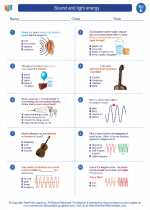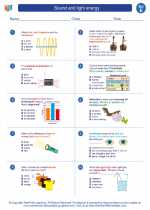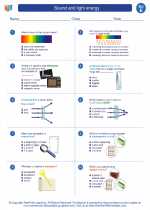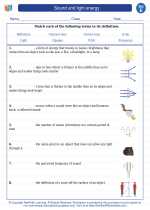Types of Weathering
Physical Weathering
Physical weathering, also known as mechanical weathering, involves the breakdown of rocks into smaller fragments without changing the chemical composition of the minerals. This can occur through processes such as frost wedging, exfoliation, and abrasion.
Chemical Weathering
Chemical weathering refers to the alteration of rocks and minerals through chemical reactions. Common processes include hydration, oxidation, hydrolysis, and carbonation. These reactions can lead to the formation of new minerals and the decomposition of the original rock.
Biological Weathering
Biological weathering involves the breakdown of rocks and minerals through the actions of living organisms. Plant roots, burrowing animals, and microbial activity can contribute to the disintegration of rocks over time.
Factors Affecting Weathering
Climate
The climate of an area, including temperature and precipitation patterns, can significantly impact the rate of weathering. For example, areas with high levels of rainfall and freeze-thaw cycles often experience more pronounced weathering processes.
Rock Composition
The mineral composition and structure of rocks influence their susceptibility to weathering. Rocks with high porosity or containing minerals prone to chemical reactions may weather more rapidly than others.
Vegetation
Plants and their roots can contribute to both physical and chemical weathering processes. The presence of vegetation can enhance the breakdown of rocks and promote soil formation through organic decay.
Human Activity
Human activities such as mining, construction, and pollution can accelerate weathering processes. Alterations to the natural landscape can increase the exposure of rocks to weathering agents, leading to more rapid breakdown.
Study Guide for Weathering
- Define weathering and explain its significance in shaping the Earth's surface.
- Describe the difference between physical, chemical, and biological weathering, providing examples of each.
- Discuss the factors influencing the rate of weathering, including climate, rock composition, vegetation, and human activity.
- Explain how weathering contributes to the formation of soil and its importance in supporting plant growth and ecosystems.
- Compare and contrast the effects of weathering in different environments, such as arid deserts versus humid rainforests.
- Analyze the impact of human activities on weathering processes and the environment.
- Discuss the role of weathering in the formation of natural landmarks and geological features, such as caves, arches, and canyons.
◂Science Worksheets and Study Guides Fifth Grade. Sound and light energy

 Activity Lesson
Activity Lesson
 Worksheet/Answer key
Worksheet/Answer key
 Worksheet/Answer key
Worksheet/Answer key
 Worksheet/Answer key
Worksheet/Answer key
 Worksheet/Answer key
Worksheet/Answer key
 Vocabulary/Answer key
Vocabulary/Answer key
 Vocabulary/Answer key
Vocabulary/Answer key
